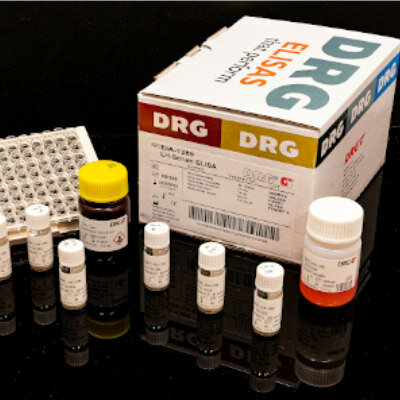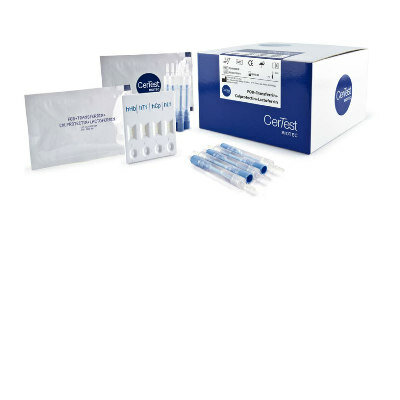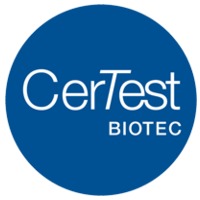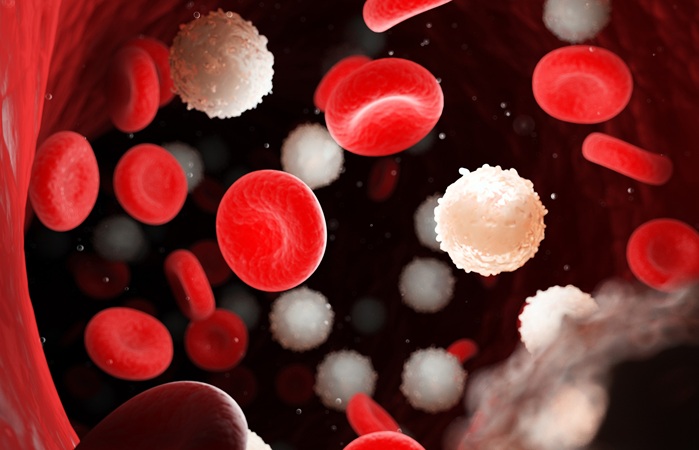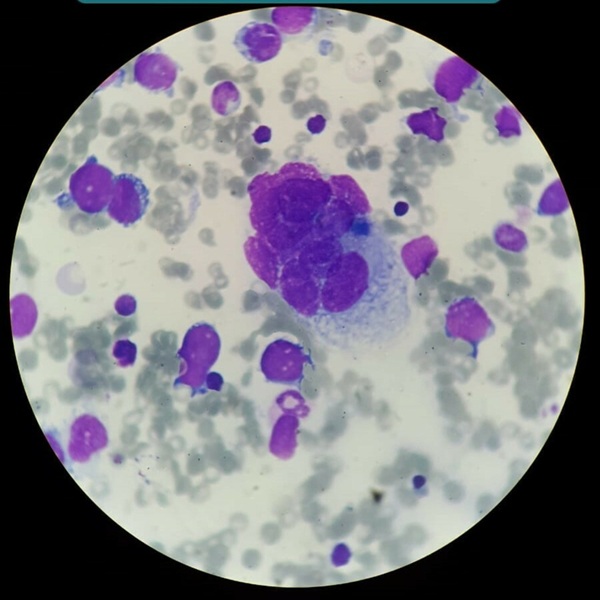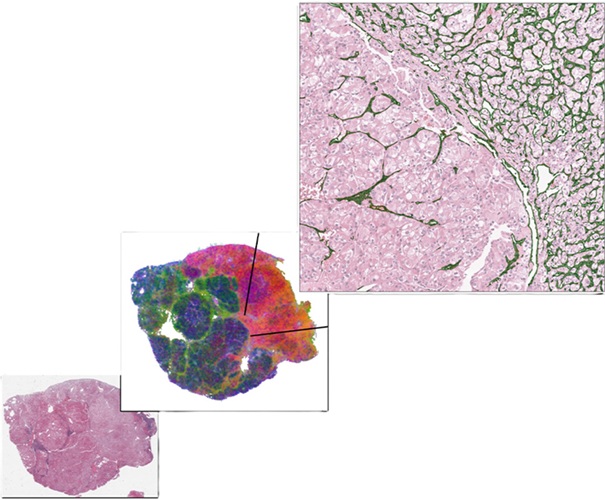Prototype Rapid Diagnostic Test Detects Human African Trypanosomiasis
|
By LabMedica International staff writers Posted on 27 Apr 2016 |

Image: The SD BIOLINE HAT prototype rapid diagnostic test for the detection of Trypanosoma brucei gambiense infection (Photo courtesy of Standard Diagnostics).
Early diagnosis and treatment of human African trypanosomiasis (HAT) is essential for safe and effective treatment but the tests used to screen suspected patients and populations at risk are difficult to implement in remote rural settings where the disease occurs.
The availability of simple, easy to use, instrument-free rapid diagnostic tests would improve screening and coverage of the population at risk and contribute to elimination of the disease. It would enable technicians with limited training and clinicians in emergency or medical wards to make rapid differential diagnosis for neurological syndromes or malaria-like illnesses.
Scientists at the Institute of Neuroepidemiology and Tropical Neurology (Limoges, France) and their African colleagues enrolled study participants from HAT endemic regions during both active and passive screening activities by teams of the national sleeping sickness control programs. Cases of HAT were defined as subjects in whom trypanosomes were demonstrated by microscopy in blood, lymph node aspirate or cerebral spinal fluid (CSF).
The test used in the study was the prototype SD BIOLINE HAT (Alere/Standard Diagnostics, Inc., Yongin-si, South Korea) which is an immunochromatographic test for qualitative detection of antibodies of all isotypes (immunoglobulin G (IgG), IgA and IgM). The rapid diagnostic test (RDT) has a nitrocellulose membrane strip with two regions (T1 and T2) that are pre-coated with two native variant surface glycoprotein (VSG) antigens from Trypanosoma brucei gambiense (VSG LiTat1.3 and VSG LiTat 1.5 respectively). It also has a procedural control line (C). The prototype RDTs were compared with the reference antibody detection screening test in current use, the card agglutination test for trypanosomiasis (CATT/T.b.gambiense).
In total, 14,818 participants were screened using both serological tests (9.5% in passive screening), and out of these 149 HAT cases were confirmed by parasitology. Among the 149 confirmed cases, 148 were positive by either CATT on whole blood and/or RDT, while one case was negative by both CATT whole blood and RDT, and was detected by CATT dilutions. The sensitivity and specificity of the prototype SD BIOLINE HAT was 89.3% and 94.6% respectively. The sensitivity and specificity of the CATT on whole blood were 94.0% and 95.9%, and of the CATT diluted 1/8 were 89.3% and 98.9% respectively.
The authors concluded that after further optimization, the prototype SD BIOLINE HAT could become an alternative to current screening methods in primary healthcare settings in remote, resource-limited regions where HAT typically occurs. The study was published on April 8, 2016, in the journal Public Library of Science Neglected Tropical Diseases.
Related Links:
Institute of Neuroepidemiology and Tropical Neurology
Standard Diagnostics
The availability of simple, easy to use, instrument-free rapid diagnostic tests would improve screening and coverage of the population at risk and contribute to elimination of the disease. It would enable technicians with limited training and clinicians in emergency or medical wards to make rapid differential diagnosis for neurological syndromes or malaria-like illnesses.
Scientists at the Institute of Neuroepidemiology and Tropical Neurology (Limoges, France) and their African colleagues enrolled study participants from HAT endemic regions during both active and passive screening activities by teams of the national sleeping sickness control programs. Cases of HAT were defined as subjects in whom trypanosomes were demonstrated by microscopy in blood, lymph node aspirate or cerebral spinal fluid (CSF).
The test used in the study was the prototype SD BIOLINE HAT (Alere/Standard Diagnostics, Inc., Yongin-si, South Korea) which is an immunochromatographic test for qualitative detection of antibodies of all isotypes (immunoglobulin G (IgG), IgA and IgM). The rapid diagnostic test (RDT) has a nitrocellulose membrane strip with two regions (T1 and T2) that are pre-coated with two native variant surface glycoprotein (VSG) antigens from Trypanosoma brucei gambiense (VSG LiTat1.3 and VSG LiTat 1.5 respectively). It also has a procedural control line (C). The prototype RDTs were compared with the reference antibody detection screening test in current use, the card agglutination test for trypanosomiasis (CATT/T.b.gambiense).
In total, 14,818 participants were screened using both serological tests (9.5% in passive screening), and out of these 149 HAT cases were confirmed by parasitology. Among the 149 confirmed cases, 148 were positive by either CATT on whole blood and/or RDT, while one case was negative by both CATT whole blood and RDT, and was detected by CATT dilutions. The sensitivity and specificity of the prototype SD BIOLINE HAT was 89.3% and 94.6% respectively. The sensitivity and specificity of the CATT on whole blood were 94.0% and 95.9%, and of the CATT diluted 1/8 were 89.3% and 98.9% respectively.
The authors concluded that after further optimization, the prototype SD BIOLINE HAT could become an alternative to current screening methods in primary healthcare settings in remote, resource-limited regions where HAT typically occurs. The study was published on April 8, 2016, in the journal Public Library of Science Neglected Tropical Diseases.
Related Links:
Institute of Neuroepidemiology and Tropical Neurology
Standard Diagnostics
Latest Microbiology News
- Molecular Stool Test Shows Potential for Diagnosing TB in Adults with HIV
- New Test Diagnoses Bacterial Meningitis Quickly and Accurately
- Handheld Device Delivers Low-Cost TB Results in Less Than One Hour
- New AI-Based Method Improves Diagnosis of Drug-Resistant Infections
- Breakthrough Diagnostic Technology Identifies Bacterial Infections with Almost 100% Accuracy within Three Hours
- Innovative ID/AST System to Help Diagnose Infectious Diseases and Combat AMR
- Gastrointestinal Panel Delivers Rapid Detection of Five Common Bacterial Pathogens for Outpatient Use
- Rapid PCR Testing in ICU Improves Antibiotic Stewardship
- Unique Genetic Signature Predicts Drug Resistance in Bacteria
- Unique Barcoding System Tracks Pneumonia-Causing Bacteria as They Infect Blood Stream
- Rapid Sepsis Diagnostic Test Demonstrates Improved Patient Care and Cost Savings in Hospital Application
- Rapid Diagnostic System to Detect Neonatal Sepsis Within Hours
- Novel Test to Diagnose Bacterial Pneumonia Directly from Whole Blood
- Interferon-γ Release Assay Effective in Patients with COPD Complicated with Pulmonary Tuberculosis
- New Point of Care Tests to Help Reduce Overuse of Antibiotics
- 30-Minute Sepsis Test Differentiates Bacterial Infections, Viral Infections, and Noninfectious Disease
Channels
Clinical Chemistry
view channel
AI-Powered Blood Test Accurately Detects Ovarian Cancer
Ovarian cancer ranks as the fifth leading cause of cancer-related deaths in women, largely due to late-stage diagnoses. Although over 90% of women exhibit symptoms in Stage I, only 20% are diagnosed in... Read more
Automated Decentralized cfDNA NGS Assay Identifies Alterations in Advanced Solid Tumors
Current circulating cell-free DNA (cfDNA) assays are typically centralized, requiring specialized handling and transportation of samples. Introducing a flexible, decentralized sequencing system at the... Read more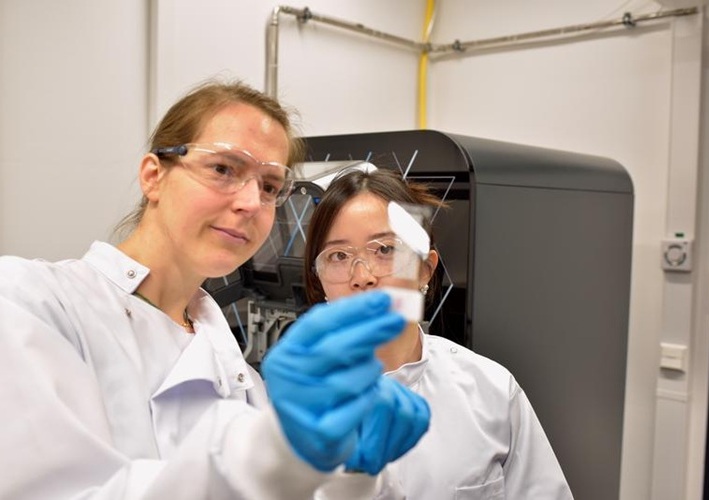
Mass Spectrometry Detects Bacteria Without Time-Consuming Isolation and Multiplication
Speed and accuracy are essential when diagnosing diseases. Traditionally, diagnosing bacterial infections involves the labor-intensive process of isolating pathogens and cultivating bacterial cultures,... Read more
First Comprehensive Syphilis Test to Definitively Diagnose Active Infection In 10 Minutes
In the United States, syphilis cases have surged by nearly 80% from 2018 to 2023, with 209,253 cases recorded in the most recent year of data. Syphilis, which can be transmitted sexually or from mother... Read moreMolecular Diagnostics
view channel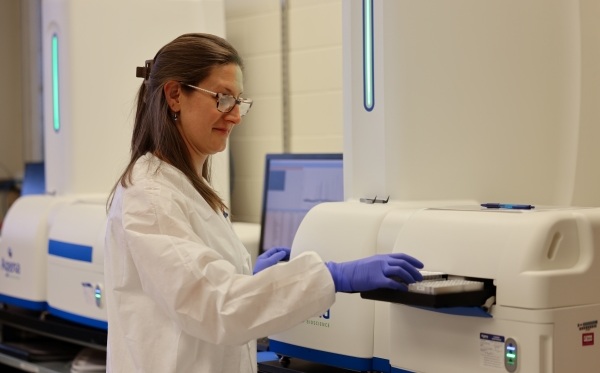
Groundbreaking Molecular Diagnostic Test Accurately Diagnoses Major Genetic Cause of COPD
Chronic obstructive pulmonary disease (COPD) and Alpha-1 Antitrypsin Deficiency (AATD) are both conditions that can cause breathing difficulties, but they differ in their origins and inheritance.... Read more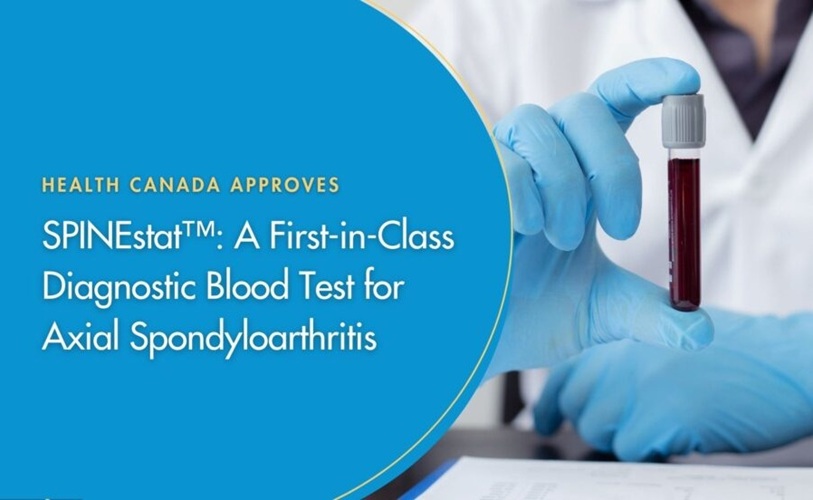
First-in-Class Diagnostic Blood Test Detects Axial Spondyloarthritis
Axial spondyloarthritis (axSpA) is a chronic inflammatory autoimmune condition that typically affects individuals during their most productive years, with symptoms often emerging before the age of 45.... Read more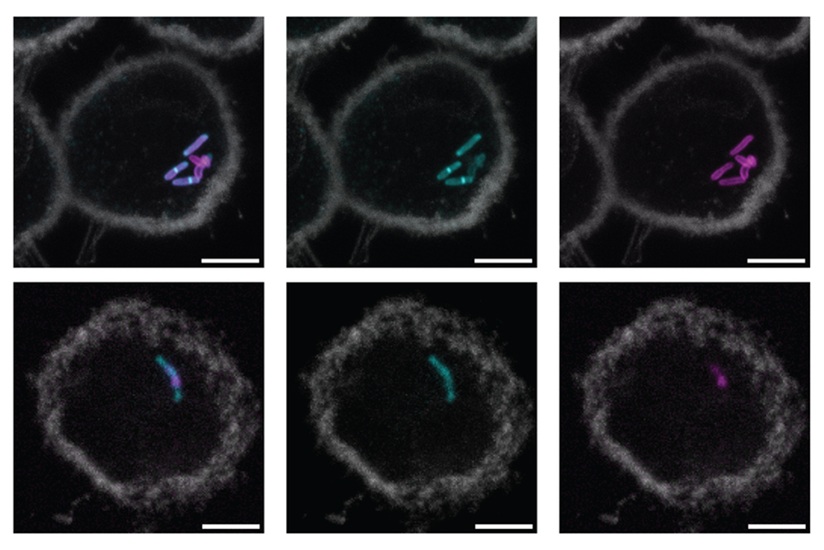
New Molecular Label to Help Develop Simpler and Faster Tuberculosis Tests
Tuberculosis (TB), the deadliest infectious disease globally, is responsible for infecting an estimated 10 million people each year and causing over 1 million deaths annually. While chest X-rays and molecular... Read more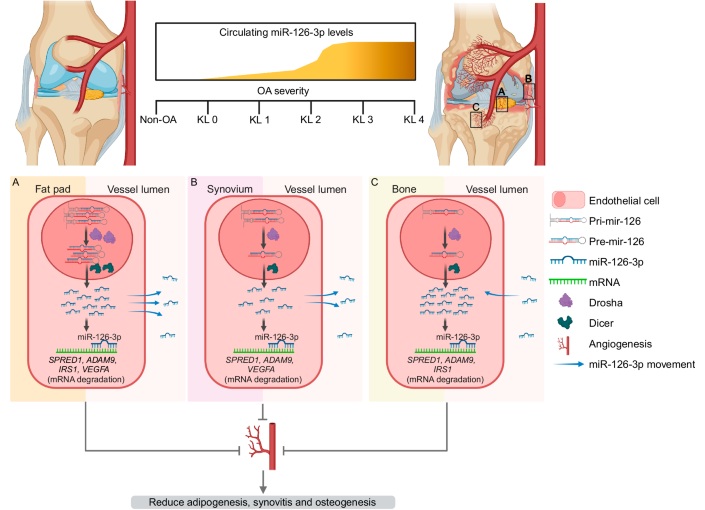
Biomarker Discovery Paves Way for Blood Tests to Detect and Treat Osteoarthritis
The number of individuals affected by osteoarthritis is projected to exceed 1 billion by 2050. The primary risk factor for this common, often painful chronic joint condition is aging, and, like aging itself,... Read moreHematology
view channel
First Point-of-Care Heparin Monitoring Test Provides Results in Under 15 Minutes
Heparin dosing requires careful management to avoid both bleeding and clotting complications. In high-risk situations like extracorporeal membrane oxygenation (ECMO), mortality rates can reach about 50%,... Read more
New Scoring System Predicts Risk of Developing Cancer from Common Blood Disorder
Clonal cytopenia of undetermined significance (CCUS) is a blood disorder commonly found in older adults, characterized by mutations in blood cells and a low blood count, but without any obvious cause or... Read moreImmunology
view channel
Stem Cell Test Predicts Treatment Outcome for Patients with Platinum-Resistant Ovarian Cancer
Epithelial ovarian cancer frequently responds to chemotherapy initially, but eventually, the tumor develops resistance to the therapy, leading to regrowth. This resistance is partially due to the activation... Read more
Machine Learning-Enabled Blood Test Predicts Immunotherapy Response in Lymphoma Patients
Chimeric antigen receptor (CAR) T-cell therapy has emerged as one of the most promising recent developments in the treatment of blood cancers. However, over half of non-Hodgkin lymphoma (NHL) patients... Read morePathology
view channel
Groundbreaking Chest Pain Triage Algorithm to Transform Cardiac Care
Cardiovascular disease is responsible for a third of all deaths worldwide, and chest pain is the second most common reason for emergency department (ED) visits. With EDs often being some of the busiest... Read more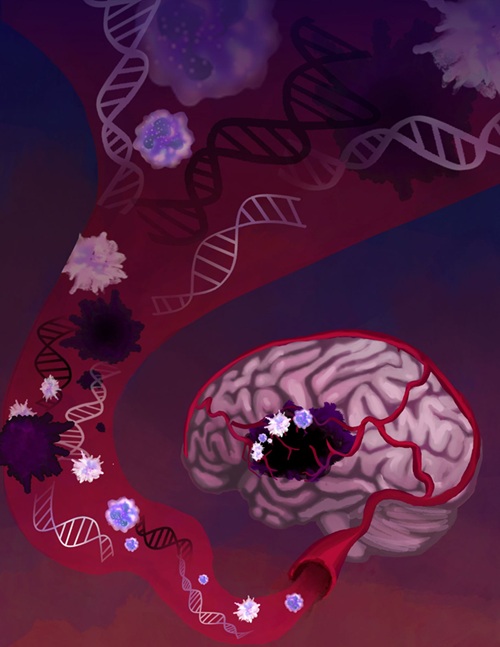
AI-Based Liquid Biopsy Approach to Revolutionize Brain Cancer Detection
Detecting brain cancers remains extremely challenging, with many patients only receiving a diagnosis at later stages after symptoms like headaches, seizures, or cognitive issues appear. Late-stage diagnoses... Read moreTechnology
view channel
Advanced Predictive Algorithms Identify Patients Having Undiagnosed Cancer
Two newly developed advanced predictive algorithms leverage a person’s health conditions and basic blood test results to accurately predict the likelihood of having an undiagnosed cancer, including ch... Read more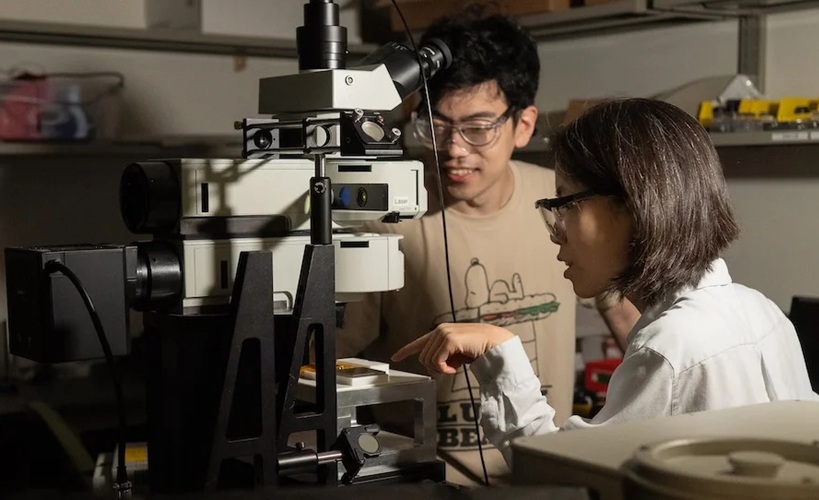
Light Signature Algorithm to Enable Faster and More Precise Medical Diagnoses
Every material or molecule interacts with light in a unique way, creating a distinct pattern, much like a fingerprint. Optical spectroscopy, which involves shining a laser on a material and observing how... Read more
Disposable Microchip Technology Could Selectively Detect HIV in Whole Blood Samples
As of the end of 2023, approximately 40 million people globally were living with HIV, and around 630,000 individuals died from AIDS-related illnesses that same year. Despite a substantial decline in deaths... Read more
Pain-On-A-Chip Microfluidic Device Determines Types of Chronic Pain from Blood Samples
Chronic pain is a widespread condition that remains difficult to manage, and existing clinical methods for its treatment rely largely on self-reporting, which can be subjective and especially problematic... Read moreIndustry
view channel
Cepheid and Oxford Nanopore Technologies Partner on Advancing Automated Sequencing-Based Solutions
Cepheid (Sunnyvale, CA, USA), a leading molecular diagnostics company, and Oxford Nanopore Technologies (Oxford, UK), the company behind a new generation of sequencing-based molecular analysis technologies,... Read more
Grifols and Tecan’s IBL Collaborate on Advanced Biomarker Panels
Grifols (Barcelona, Spain), one of the world’s leading producers of plasma-derived medicines and innovative diagnostic solutions, is expanding its offer in clinical diagnostics through a strategic partnership... Read more







